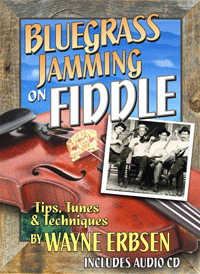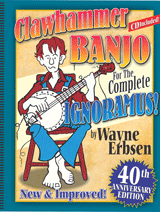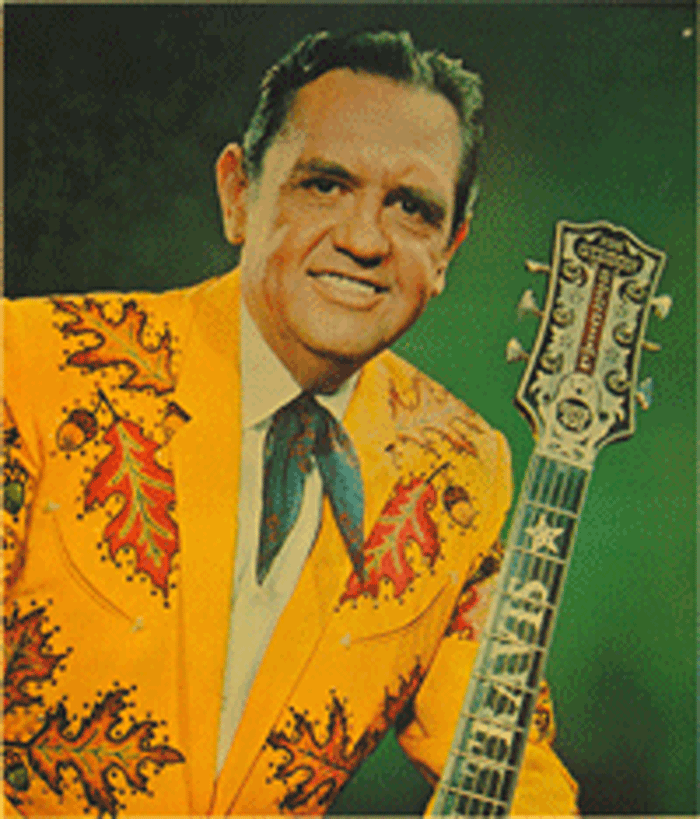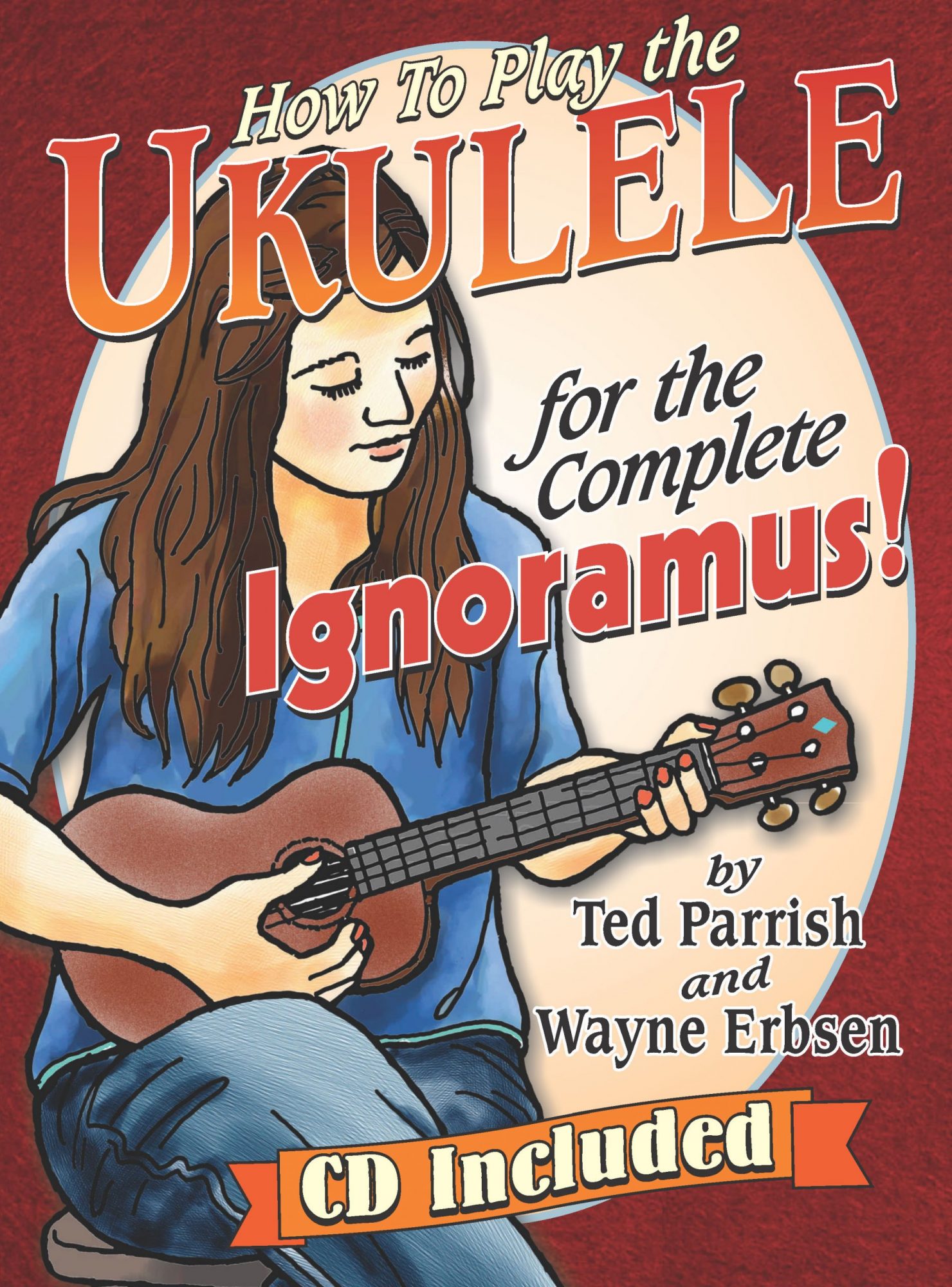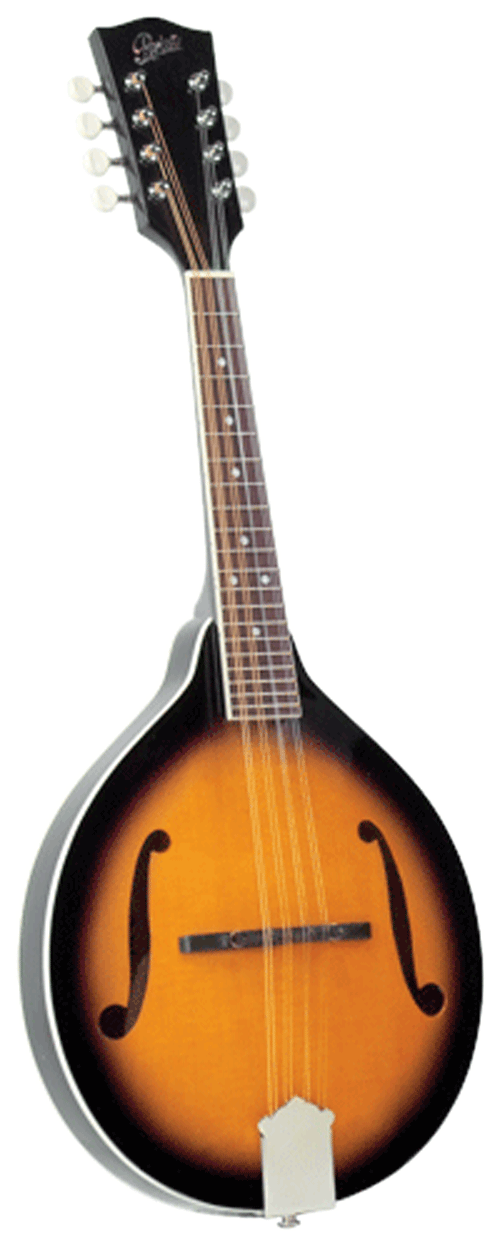Rosin is made from the sap of pine trees. Live trees are wounded, and the sap is collected for processing. The larch conifer is used most often for violin rosin, but only a small portion of all collected pine sap finds it way to the musical world.
Most rosin in its basic form is similar. Manufacturers add compounds to tweak rosin for particular fiddlers’ needs. Dark rosin has tar added to make it softer, which makes the rosin stickier and suitable for colder climates. A small amount of beeswax is sometimes added to help lessen the harmonic squeak caused by


